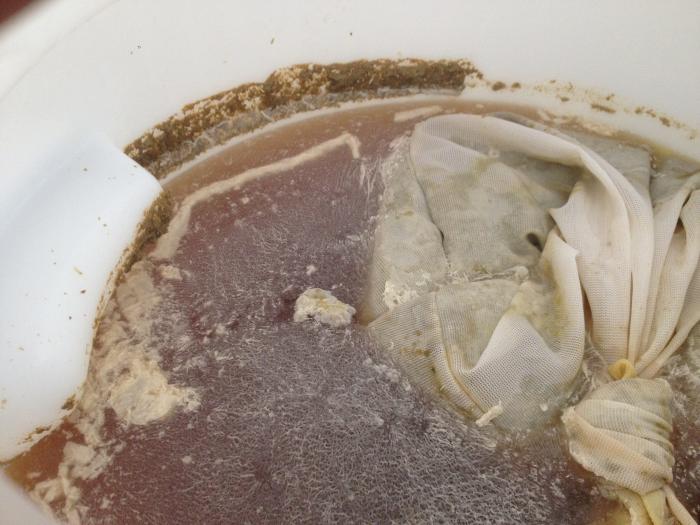hi guys
I have been brewing an IPA recently, and everything was going fine. had a look inside and everything looked normal
after about 2.5 weeks in the fermenter, i decided to add 75g of hop pellets. I added these to a hop bag and put them in.
about 5 days later this is what it looked like.
Im concerned about the 'white' stuff on the surface, as I'm not sure what it is, and haven't seen it before. is this normal? does anyone recognise this as an infection?
Cheers, thanks for any advice

I have been brewing an IPA recently, and everything was going fine. had a look inside and everything looked normal
after about 2.5 weeks in the fermenter, i decided to add 75g of hop pellets. I added these to a hop bag and put them in.
about 5 days later this is what it looked like.
Im concerned about the 'white' stuff on the surface, as I'm not sure what it is, and haven't seen it before. is this normal? does anyone recognise this as an infection?
Cheers, thanks for any advice













![Craft A Brew - Safale S-04 Dry Yeast - Fermentis - English Ale Dry Yeast - For English and American Ales and Hard Apple Ciders - Ingredients for Home Brewing - Beer Making Supplies - [1 Pack]](https://m.media-amazon.com/images/I/41fVGNh6JfL._SL500_.jpg)













































